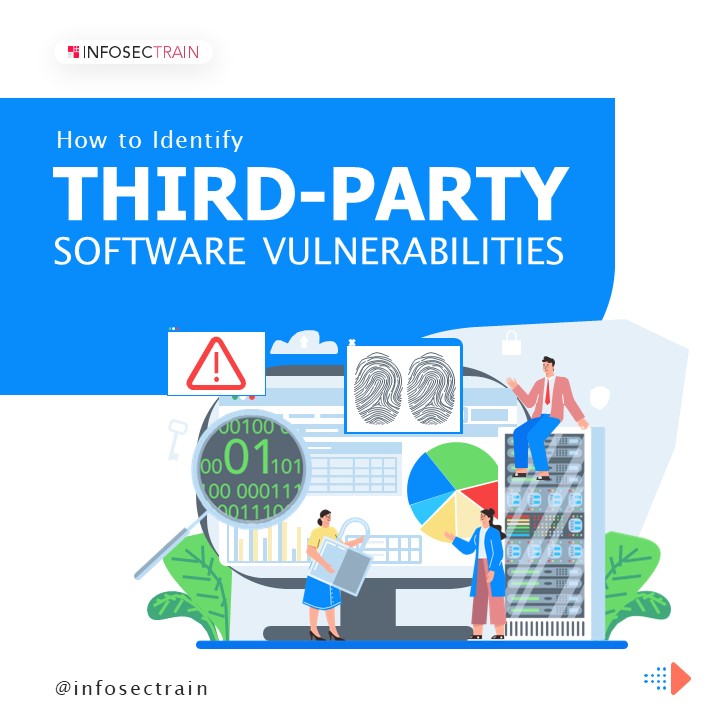How to identify Third party Software Vulnerabilities - PowerPoint PPT Presentation
Title:
How to identify Third party Software Vulnerabilities
Description:
Identifying third-party software vulnerabilities involves regular audits, utilizing vulnerability databases, and employing automated scanning tools. Assessing and monitoring software dependencies, conducting code reviews, and staying informed about security patches are essential. Collaborate with vendors and employ a robust cybersecurity strategy to proactively address and mitigate potential risks posed by third-party software vulnerabilities. – PowerPoint PPT presentation
Number of Views:1
Title: How to identify Third party Software Vulnerabilities
1
THIRD-PARTY
SOFTWARE VULNERABILITIES
How to Identify
2
AUTOMATED VULNERABILITY SCANNERS
www.infosectrain.com
learntorise
- Automated vulnerability scanners detect security
issues in third-party software, - assess and report potential vulnerabilities, and
prompt immediate action to - resolve vulnerabilities.
3
REGULAR UPDATES AND PATCHING
www.infosectrain.com
learntorise
Update third-party software regularly with
security patches. Enable automatic updates to
ensure timely fixes, reducing exposure to
potential risks.
Sync 80
4
SECURITY ASSESSMENTS AND PENETRATION TESTING
www.infosectrain.com
learntorise
Conduct regular security assessments and
penetration tests on your systems, including
third-party software, to uncover potential
overlooked vulnerabilities.
5
CONDUCT SECURITY AUDITS
www.infosectrain.com
learntorise
Periodically conduct security audits of your
software applications and infrastructure. Engage
third-party experts or tools to assess
vulnerabilities in third-party software for
improved system safety.
6
STAY
INFORMED
www.infosectrain.com
learntorise
- Stay informed via security-focused news,
websites, and databases like NVD and - MITREs CVE for vulnerabilities. Follow CERT and
NIST advisories for - critical alerts.
7
MONITOR VENDOR NOTIFICATIONS
www.infosectrain.com
learntorise
- Subscribe to vendors' official websites, mailing
lists, and forums for timely - updates on security threats and software patches,
ensuring proactive monitoring - and notification of vulnerabilities.
8
VULNERABILITY DISCLOSURE PROGRAMS
www.infosectrain.com
learntorise
Stay informed about Vulnerability Disclosure
Programs (VDPs) or Bug Bounty Programs from
software vendors. Researchers and Ethical Hackers
can report software vulnerabilities, including
third-party applications, via these platforms,
ensuring responsible disclosure.
9
FOUND THIS USEFUL?
Get More Insights Through Our FREE Courses
Workshops eBooks Checklists Mock Tests
LIKE
SHARE
FOLLOW































